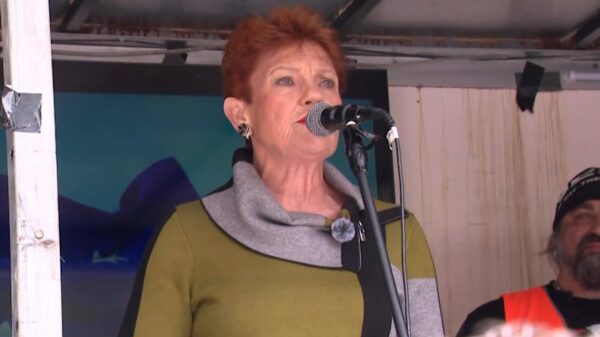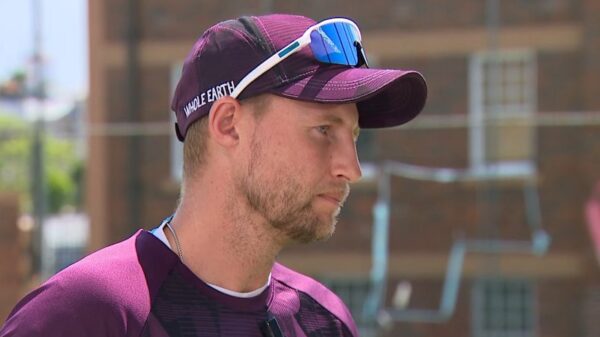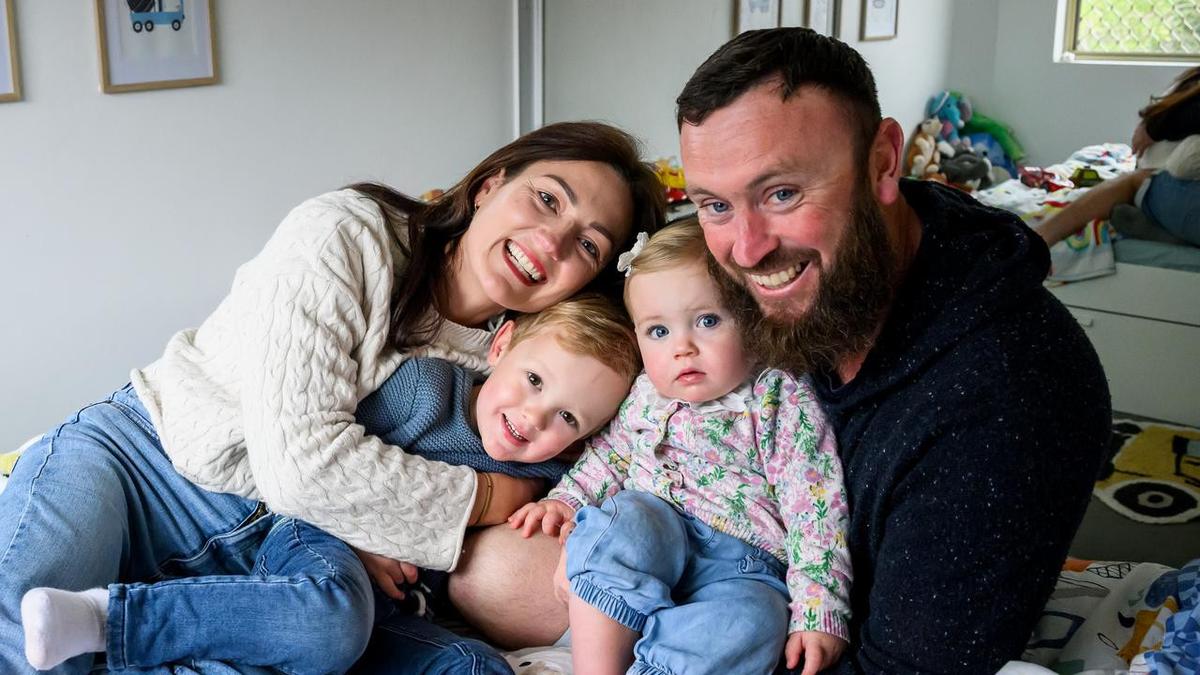Australia is facing a significant challenge as fertility rates reach a record low, prompting urgent calls to make low-cost in vitro fertilization (IVF) more accessible. In 2024, the average number of children born per woman dropped to 1.51, a decline from 1.8 in 2014. This alarming trend has raised concerns among experts who believe that affordable fertility treatment is essential for reversing the decline in birth rates.
Vikki Mai Murphy’s journey to motherhood illustrates the emotional and financial hurdles many couples face. After months of negative pregnancy tests, she and her partner, Sean, sought assistance through intrauterine insemination (IUI). While the initial result was positive, Ms. Murphy suffered an ectopic pregnancy that led to the loss of one fallopian tube. Doctors advised her that IVF would be necessary for future pregnancies. “I just bawled and kept asking if I could still have my babies … it just crushed me,” she shared with AAP.
As the couple explored IVF options, they were confronted with staggering costs ranging from $10,000 to $15,000 per round. “We both just decided we wanted to throw everything at it and worry about the costs later,” Ms. Murphy explained. Many prospective parents are similarly deterred by the financial burden of fertility treatment, especially in the context of rising cost-of-living pressures.
The demand for affordable fertility services is underscored by data revealing that nearly half of Australians surveyed by Connect IVF consider fertility treatments unaffordable. In 2022, Australia witnessed almost 109,000 IVF cycles, resulting in the birth of 20,058 babies. Brendan Ayres, director of Connect IVF, emphasized the need for accessible care: “(Our clinics) see a broad section of Australians and we get a disproportionate number of people from lower socioeconomic groups who need fertility treatment.”
Ms. Murphy discovered Connect IVF through an internet search and was able to secure a treatment slot that aligned with her next menstrual cycle. The costs at Connect IVF were significantly lower due to their bulk-billing approach, enabling her to afford a private obstetrician during her pregnancy. “It also allowed us to pay for a private obstetrician during my pregnancy, which we wouldn’t have been able to afford if we’d had to pay up to $15,000 for the IVF,” she noted.
Her experience resulted in the successful creation of four embryos, leading to the births of her son Beau, now three, and daughter Maia, who is one. “I love being a mum. It was such a journey and if I could have just looked into the future and seen my babies it would have made such a difference,” she reflected.
Despite advancements in IVF technology, the funding has not kept pace. While the Australian government supports aspects of IVF through Medicare, the funding is not indexed to the consumer price index, resulting in a widening gap. Mr. Ayres pointed out, “Australia is a world leader in the technology of IVF but the funding hasn’t followed.” He advocates for the inclusion of additional Medicare item numbers to cover all aspects of fertility treatment, including donor IVF, which currently lacks coverage.
As Australia grapples with declining fertility rates, the call for more affordable IVF options becomes increasingly urgent. Ensuring that all couples have access to necessary fertility treatments may be key to reversing this trend and supporting future generations.































































